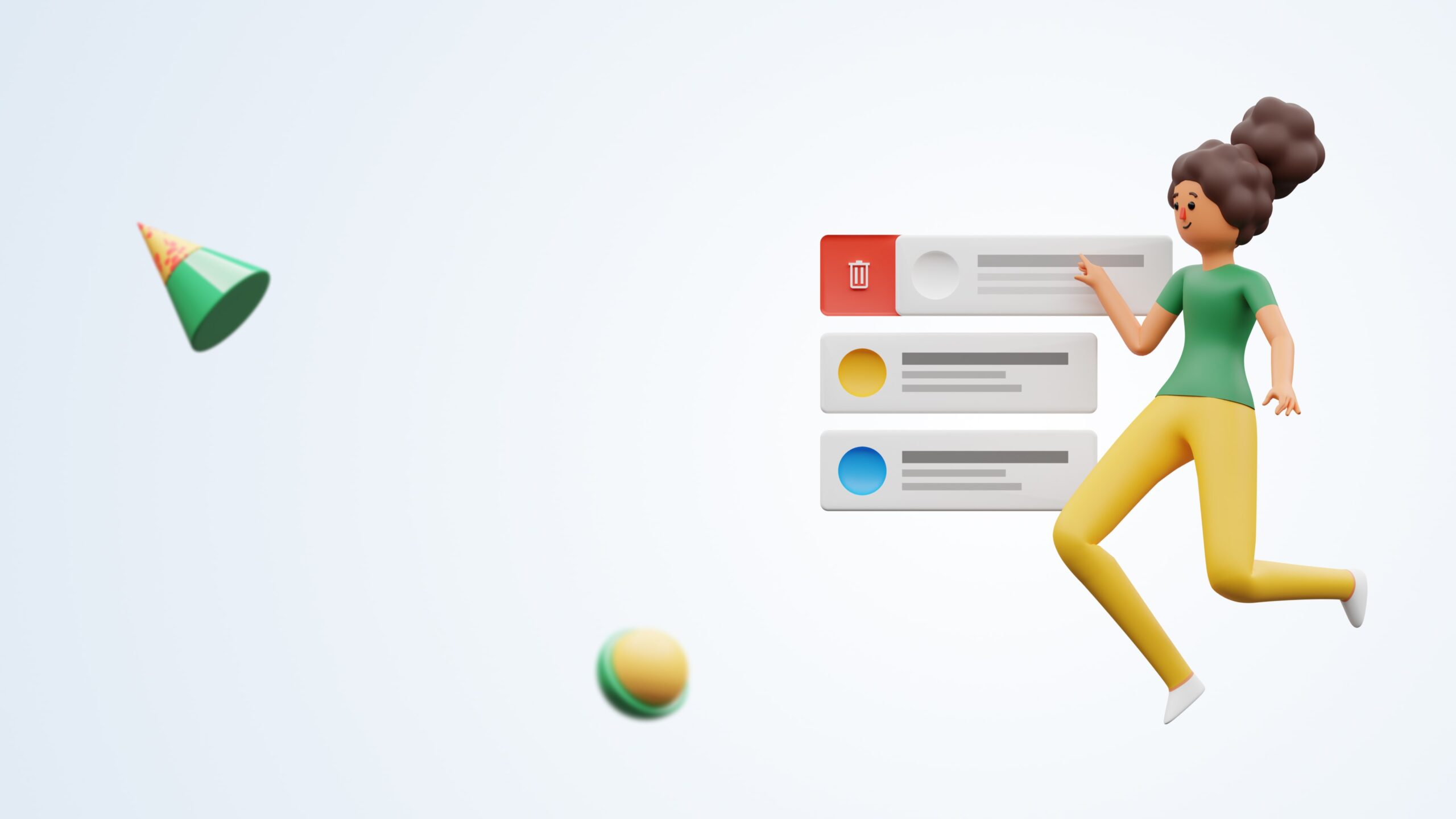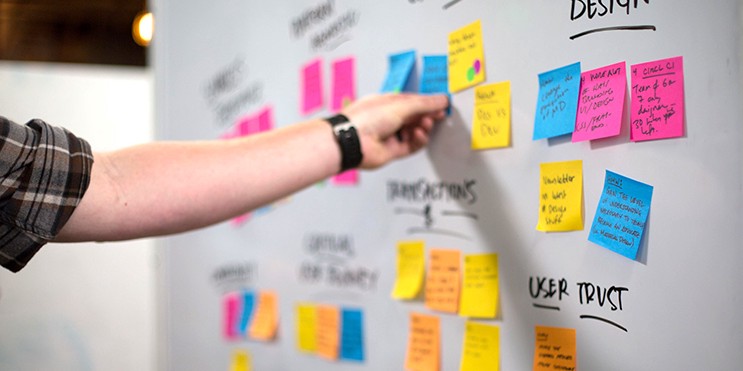Design Thinking is a method that allows us to generate innovative solutions based on users’ needs. It was created in the classrooms of Stanford University and popularised by Tim Brown and David Kelley, founders of the multinational IDEO.
Design thinking is a problem-solving approach that involves understanding the user, prototyping, and testing solutions. It is a human-centered approach that puts the needs and perspectives of users at the center of the design process.
The design thinking process typically includes the following steps:

- Empathize: Understand the user and their needs through research, such as interviews and observations.
- Define: Clearly define the problem or opportunity that you are trying to solve.
- Ideate: Generate a wide range of ideas for solutions. This step encourages divergent thinking and encourages the exploration of many different possibilities.
- Prototype: Create a tangible representation of your ideas, such as a wireframe or mockup.
- Test: Test your prototype with users to gather feedback and iterate on your design.
- Implement: Implement the final solution.
It’s important to note that design thinking is an iterative process, and it’s not uncommon to go back to previous steps multiple times in order to improve the solution. Also, the process is not linear, you can also jump from one step to another or even repeat some steps.
One of the key benefits of design thinking is that it encourages the exploration of many different possibilities, rather than prematurely settling on a single solution. This helps to ensure that the final solution is the best possible one for the user.
Additionally, design thinking also encourages close collaboration between designers, developers, and stakeholders, which can lead to more effective and efficient problem-solving.
In conclusion, design thinking is a powerful problem-solving approach that puts the needs and perspectives of users at the center of the design process. By following the steps of empathize, define, ideate, prototype, test, and implement, designers can work together with stakeholders and developers to create effective and user-centered solutions.




